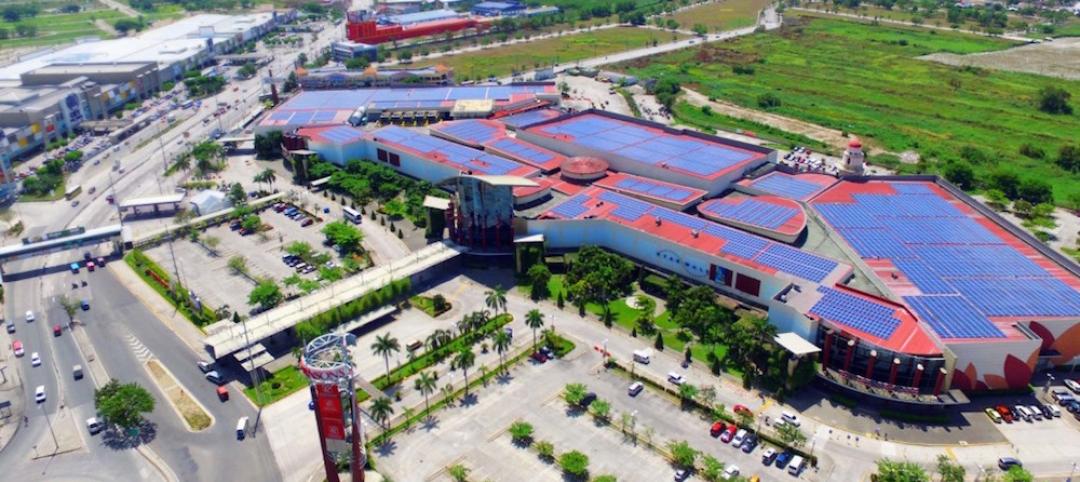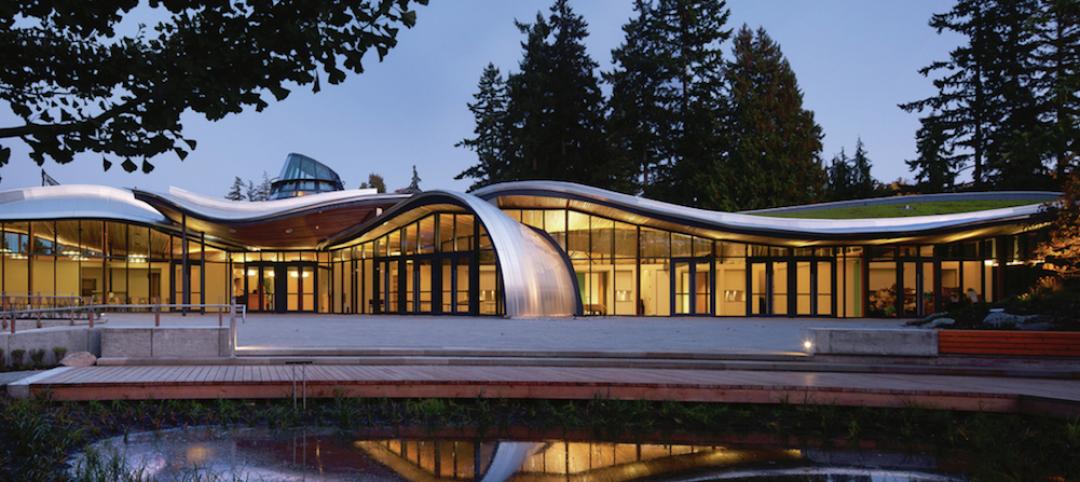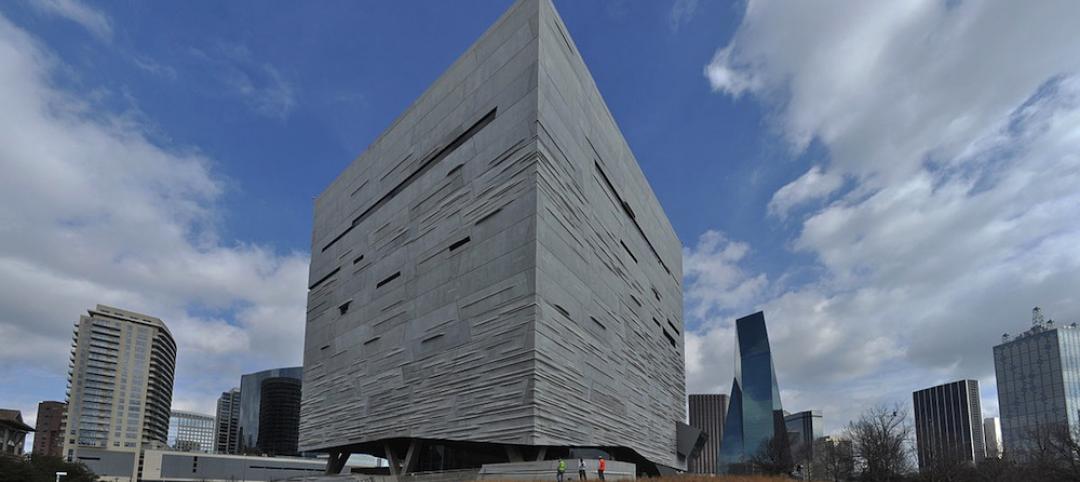Green building has not gotten as much traction as it should, given its many benefits, writes Lance Hosey, Chief Sustainability Officer with RTKL.
Despite reports that LEED-certified buildings can cut greenhouse gas emissions and water consumption by half, while costing 25% less to operate, only about 1% of the U.S. building stock is green. Hosey attributes this situation to six misperceptions about sustainable design:
1. Myth: Sustainability Equals Environmentalism. Reality: Green design is not just for tree huggers. It also produces economic value.
2. Myth: Sustainability Equals Technology. Reality: Sustainability is not just about solar panels and wind turbines.
3. Myth: Sustainable Design Costs Too Much. Reality: Today, LEED-certified buildings can be built at the same cost or even lower cost than conventional construction.
4. Myth: Sustainable Design Takes More Time. Reality: Integrated design, which brings together a project's key stakeholders, designers, consultants and contractors early to get consensus on goals, can save time by ensuring more thorough coordination and avoiding costly changes later.
5. Myth: Sustainability Isn't About Design. Reality: Green design is not just about specifications in a technical manual. For instance, decisions about a building’s shape have a significant impact on the resources needed.
6. Myth: Sustainable Design Isn't Beautiful. Reality: The look and feel of design are essential to sustainability. “Following the lessons of sustainability to their logical conclusion will inspire more designers to reconsider the impact of every decision, including form and image,” Hosey says.
Related Stories
Green | Jun 8, 2016
TD Bank Group's renovated Toronto office is first WELL-Certified project under WELL v1
The newly renovated 25,000-sf space achieved gold-level status.
Shopping Centers | Jun 3, 2016
Developer Robinsons Land adds powerful PV arrays to 10 malls in the Philippines
The Robinsons Starmills mall in San Fernando recently turned on a 2.9 megawatt rooftop PV plant.
Green | Jun 2, 2016
USGBC offers new LEED pilot credit: Building Material Human Hazard and Exposure Assessment
For assessing human health-related exposure scenarios for construction products.
Green | May 31, 2016
Miami Beach requires developers to meet green standards or pay a fee
Applies to structures larger than 7,000 sf.
Codes and Standards | May 25, 2016
LEED Dynamic is worth the effort, says commercial real estate executive
San Diego office tower is California’s first office building to receive LEED Dynamic plaque in recertification.
Green | May 23, 2016
Perkins+Will achieves first Living Building Challenge Certification with Vancouver visitors center
The VanDusen Botanical Garden Visitor Centre was recognized for its use of healthy building materials, on-site renewable resources, and filtered rainwater to meet greywater requirements.
BIM and Information Technology | May 20, 2016
AIA and Autodesk introduce new feature to automate 2030 Commitment reporting data
The new automated connection will allow the more than 350 AIA 2030 committed firms to report their project and portfolio performance to the DDx directly from Autodesk Insight 360.
Green | May 16, 2016
Development team picked for largest Passive House project in North America
The 24-story curved building would be 70% more efficient than comparable housing in New York City.
Green | Apr 27, 2016
Top 10 green building projects for 2016
The Exploratorium at Pier 15 in San Francisco and the West Branch of the Berkeley Public Library are two of the projects recognized by AIA COTE as the top green buildings of 2016.
Codes and Standards | Apr 25, 2016
GSA adopts SITES land development and management rating system
Federal agency will use for properties with and without buildings.
















